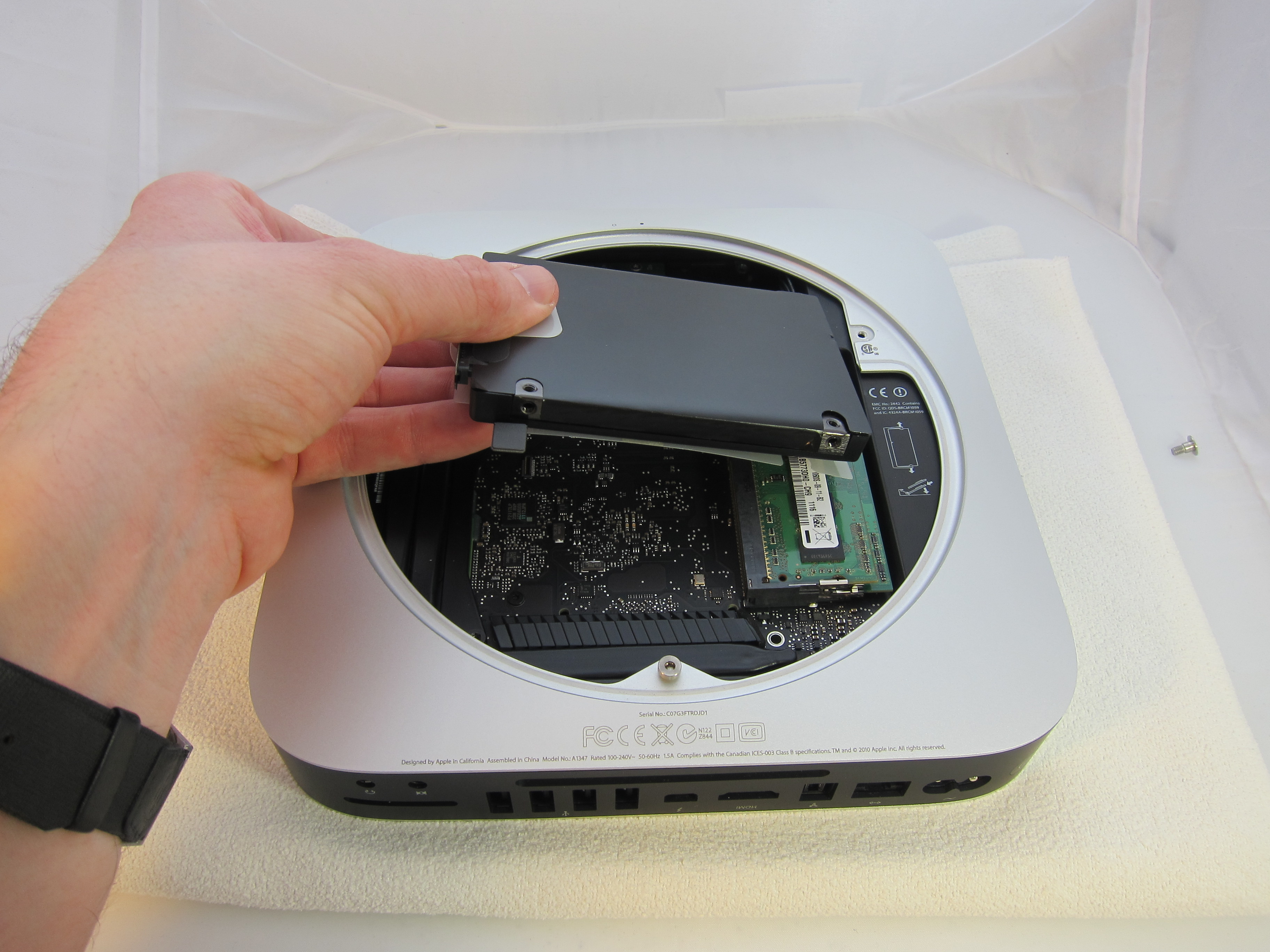Ssd Drive For Mac Mini
Basically, any Mac that has a user-replaceable hard disk can have a 3rd party SSD installed in it – These include the Classic MacBook Pro, the white Polycarbon MacBook, the Mac Mini and the iMac. Therefore, if you own one of them, this article is for you. Difficulty: hard – 1/2 hr. For a new aluminium mac mini you will need to replace one of the internal drives. This involves pulling out the fan and motherboard to get the new SSD drive in.
My Mac Mini (late 2012 model) has always been a touch on the slow side, and has been even more so ever since I needed to start running a Windows VM within it. I'm planning on upgrading the HDD to an SSD of equal or greater capacity (i.e.
Microsoft word powerpoint for mac. Microsoft Office 2016 for Mac 16.17 VL Multilingual Office 2016 for Mac is designed from the ground up to take advantage of the latest Mac features, including Retina display, full screen view support, and even scroll bounce. It’s the perfect combination of the Office you know and trust, and the Mac you love.
1TB or more). I'm wanting to know whether my rough plan is sane or whether there is perhaps some easier/faster/cheaper way. Here's my plan: • buy the SSD and tools necessary to take apart the Mac Mini • have Time Machine take a full backup of every damn thing on my existing HDD • follow to replace the HDD with the SSD • follow to get Mac OS on the replacement drive • upgrade Mac OS as necessary • restore my full backup using Time Machine Can anyone tell me whether this is a viable plan? Anything I'm missing or should be wary of?
Upgrading your Mac Mini with a SSD is definitely worth it, especially if it is going to be your daily driver and you plan to run VMs on it. I work in IT and am ACMT certified and the guide you are following is pretty much spot-on with the GSX article for replacing/upgrading your drive. You are perfectly sane for wanting to do this and it really isn't too daunting of a task. Below are some tips from my experiences of replacing these drives: • Create a Time-Machine backup (As you plan on doing) • Purchase for replacing the drive and for future use if you plan on taking it apart again. • Rather than replacing the drive, I suggest keeping it as a 2nd drive and use it for storage. The above drive will include the necessary Parts and Tools in order to do this. Having 2 drives will allow you to ensure all documents are saved/backed up to a 2nd location, in-case Time-Machine failed with your backup.
Then, once everything is setup on your SSD, you can turn this drive into either a store drive or a contingent Time-Machine drive. • Make sure to use the Spudger tool for disconnecting cables. Keygen for adobe cc mac 2017 破解. I have seen too many people break cables trying to pry them off with their fingers. • There are a fair amount of screws/removable parts involved so make sure to pair each part with their assigned screws to avoid losing/mis-installing them. • Once you have the drive installed properly and everything connected/reassembled, boot into Recovery Mode (cmd + R), connect your Time-Machine drive, and restore from it.
This process, depending on how much data you have, should take about an hour or so. • Once the restore is complete, you should automatically boot into the OS on your new SSD drive and be ready to work. (If you decided to keep your original drive in there and use it as I was explaining in Step 3, after the Time-Machine restore is complete, your Mac may boot into the HDD rather than SDD. To verify, go into System Preferences -> Startup Disk and ensure that your SSD is set to your Default Boot Drive.) Hopefully this helps and, even though its a bit annoying that you have to gut the entire Mac Mini to replace the drive, its actually a really nice learning experience. I have never done something exactly like this (meaning with a mac), but if you have another computer at your disposal (one with 2 open SATA ports) I would attempt to use on a live-boot CD with both new and old drive installed to mirror your Mac HDD onto the new SSD.
If you don't have a spare computer, you could possibly get a SATA to USB adapter (something like this: ) and then use the live boot CD in your Mac while your HDD is still installed in the Mac, and plug the SSD in via the USB route. Use Clonezilla, and mirror onto the SSD.

Ssd In Mac Mini
Select page for landscape layout. Once complete, shutdown and swap the drives. (all assuming you can boot a live linux disk on a Mac Mini) Then once the copy is complete, you can install the SSD into the Mac and boot into it as if nothing had changed (except now you're running an SSD. I'd still recommend doing a full TimeMachine backup before starting, because backups.